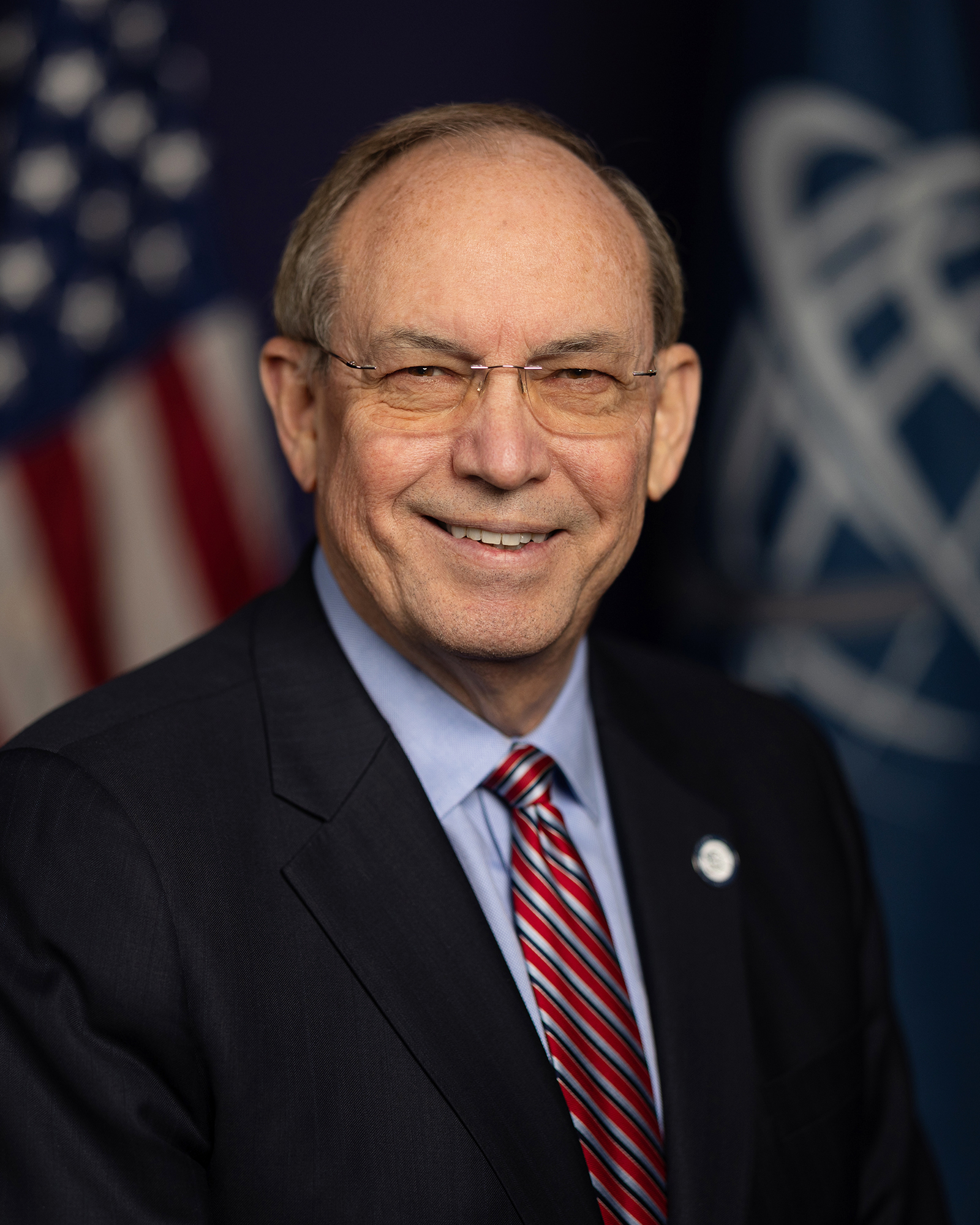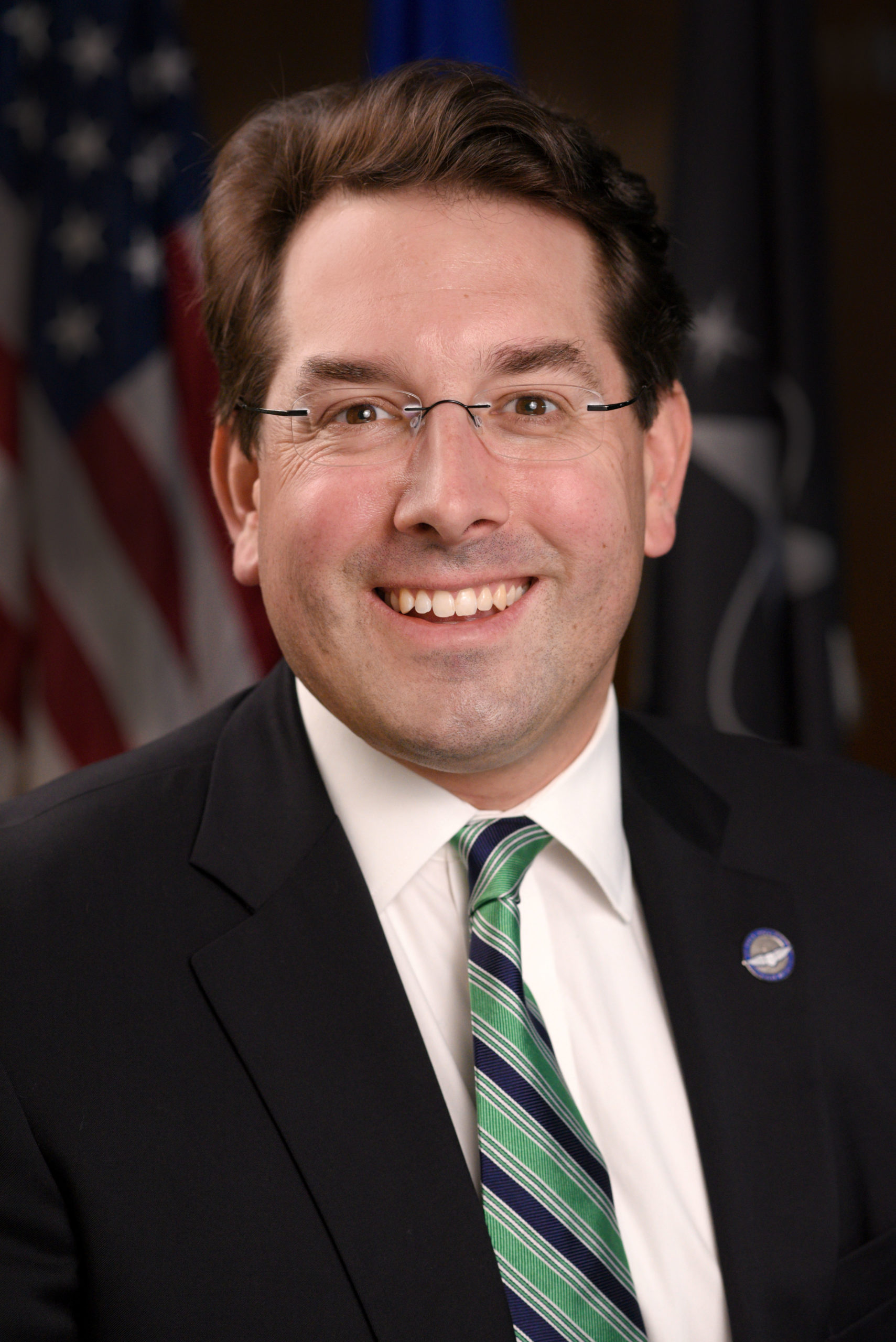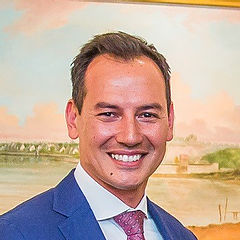Episode Summary
In Episode 1 of The Aerospace Advantage, Baum lays out the case for aerospace power. Baum starts by speaking with Lt Gen (Ret) David Deptula to explain the importance of aerospace power. He then interviews the Mitchell Institute for Aerospace Studies’ Executive Director Douglas Birkey to fully develop the fundamental theories of aerospace power. Birkey covers the history of aerospace theory and leads us to today’s problem of an aging, small aircraft fleet and an underfunded Space Force. Baum ends the episode discussing how the United States is taking these challenges head-on.
Links Related to This Event
Guests
 Lt Gen David A. Deptula, USAF (Ret.)Dean, The Mitchell Institute for Aerospace Studies
Lt Gen David A. Deptula, USAF (Ret.)Dean, The Mitchell Institute for Aerospace Studies Doug BirkeyExecutive Director, The Mitchell Institute for Aerospace Studies
Doug BirkeyExecutive Director, The Mitchell Institute for Aerospace StudiesHost
 John BaumSenior Fellow, The Mitchell Institute for Aerospace Studies
John BaumSenior Fellow, The Mitchell Institute for Aerospace StudiesCredits
Producer
Daniel C. Rice
Executive Producer
Douglas Birkey